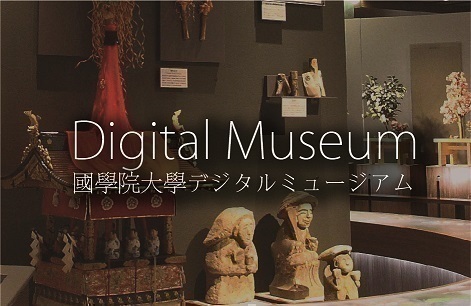- トップ
- Encyclopedia of Shinto
- Wakabayashi Kyōsai
Encyclopedia of Shinto
| Main Menu: | |
| Links: |
詳細表示 (Complete Article)
| カテゴリー1: | 8. Schools, Groups, and Personalities |
|---|---|
| カテゴリー2: | Personalities |
| Title | Wakabayashi Kyōsai |
| Text | (1679-1732) A scholar of Suika Shintō and Confucianism in the mid-Edo period. Born in Kyoto in 1679, his style name was Shiin, his formal names were Masayoshi and Yukiyasu, and his epistolary names included Kyōsai, Bōnanken, and Hikei. A student of Asami Keisai, Wakabayashi and fellow students Yamamoto Fukusai and Nishiyori Seisai came to be known as the "three greatest disciples of Asami (Asami sanketsu)." After Asami died in 1711, Wakabayashi opened a school in Kyoto where he expounded his master's theories and educated disciples. Later, he turned to Suika Shintō, and realized that the true spirit of Suika Shintō was that transmitted from Yamazaki Ansai to his own master Asami Keisai, with the result that he came to advocate a return to Yamasaki's original teachings. It is from this that Wakabayashi established his own school of Bōnanken Shintō (Bōnanken was the name of Wakabashi's private academy). And although Wakabayashi initially had correspondence with Tamaki Masahide, their opinions regarding Suika Shintō conflicted as Masahide began his compilation of the Gyokusen shū, and Wakabayashi insisted the text be burned. Wakabayashi never entered public service, instead devoting his time to lecturing on his master's theories at his school, the Bōnanken. Among his disciples were Yamaguchi Shunsui and Kaizu Kyōken. He died in 1732, at the age of fifty-four. Although his own writings survive, the most commonly cited extant works are notes from his lectures taken by students. Examples of his writings are: Jyakurinshi goroku (Analects by Wakabayashi) and Kyōsai goroku (The Recorded Sayings of Kyōsai). —Yazaki Hiroyuki |




